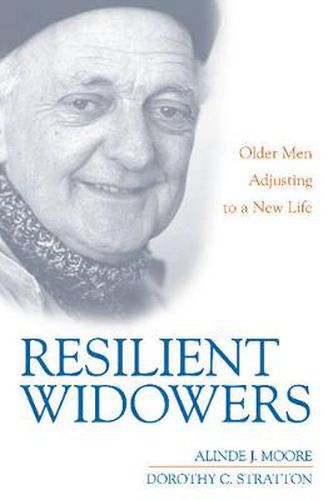Readings Newsletter
Become a Readings Member to make your shopping experience even easier.
Sign in or sign up for free!
You’re not far away from qualifying for FREE standard shipping within Australia
You’ve qualified for FREE standard shipping within Australia
The cart is loading…






Based on an intensive qualitative study of a diverse group of 51 older widowers, this unique book sets widowhood within the context of life experience and identifies characteristics and patterns of behaviour that contribute to widowers’ success, or lack of it, in adjusting satisfactorily to their circumstances. The authors shed light on widowers’ specific needs and on the services needed to help widowers develop greater self-reliance. Among the topics discussed are models of resilience, marriage and illness of the spouse, caregiving and communication, death of the wife, grief and adjustment, living alone and remarriage, life values carried forward, adult children and other social support, and cohorts and the future. The authors conclude with a consideration of trends that may influence the next generation’s experience of widowhood. This excellent volume offers expert guidance on the needs and care of the nearly invisible population of older widowers.
$9.00 standard shipping within Australia
FREE standard shipping within Australia for orders over $100.00
Express & International shipping calculated at checkout
Based on an intensive qualitative study of a diverse group of 51 older widowers, this unique book sets widowhood within the context of life experience and identifies characteristics and patterns of behaviour that contribute to widowers’ success, or lack of it, in adjusting satisfactorily to their circumstances. The authors shed light on widowers’ specific needs and on the services needed to help widowers develop greater self-reliance. Among the topics discussed are models of resilience, marriage and illness of the spouse, caregiving and communication, death of the wife, grief and adjustment, living alone and remarriage, life values carried forward, adult children and other social support, and cohorts and the future. The authors conclude with a consideration of trends that may influence the next generation’s experience of widowhood. This excellent volume offers expert guidance on the needs and care of the nearly invisible population of older widowers.